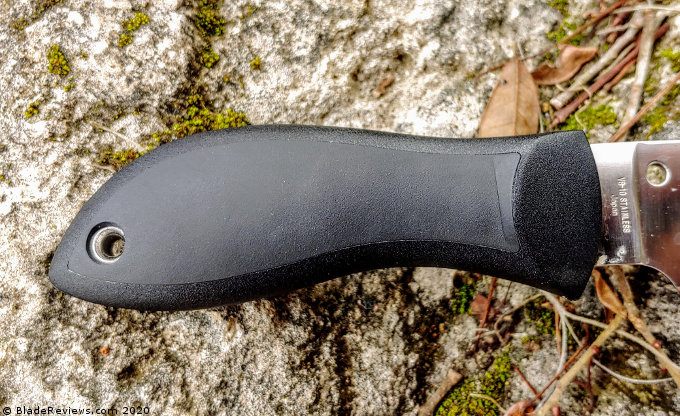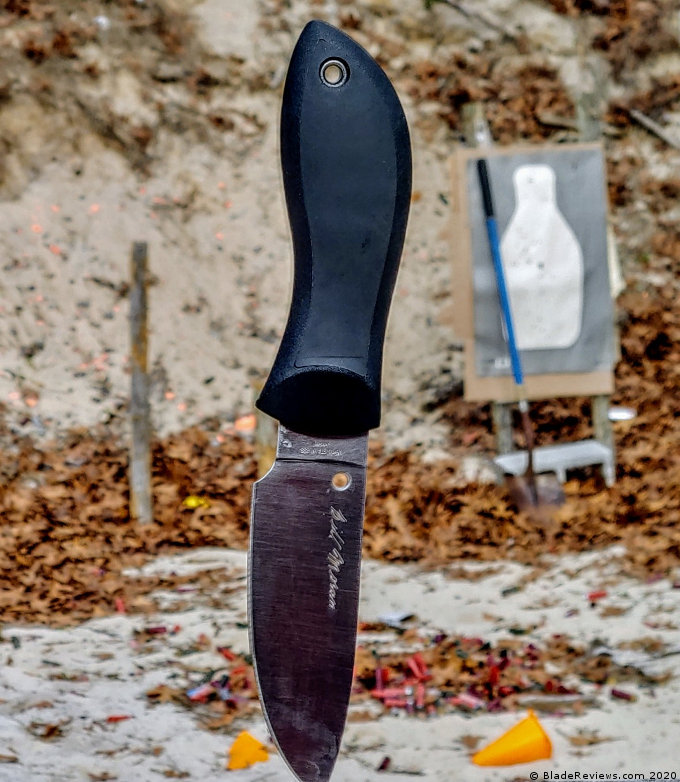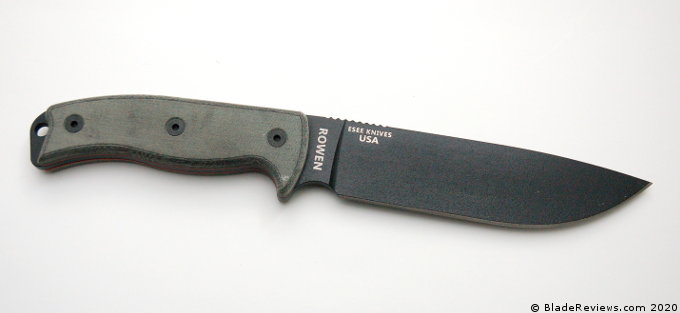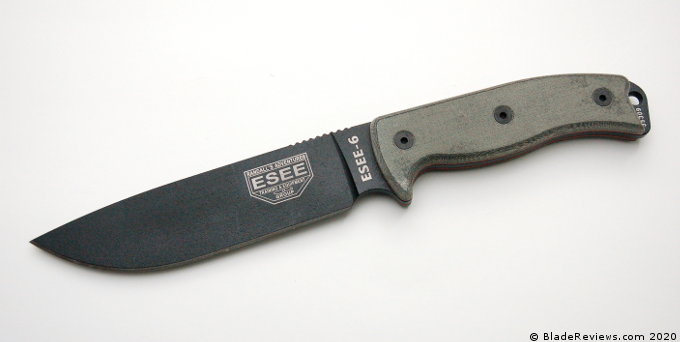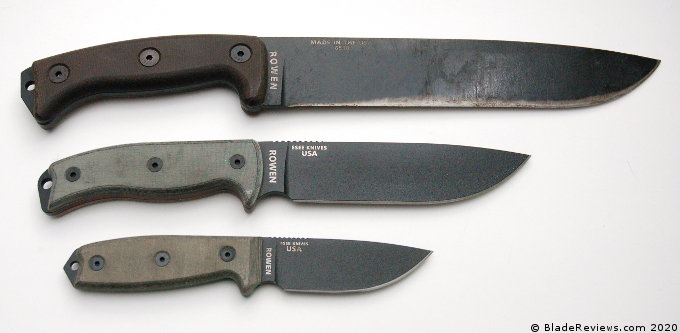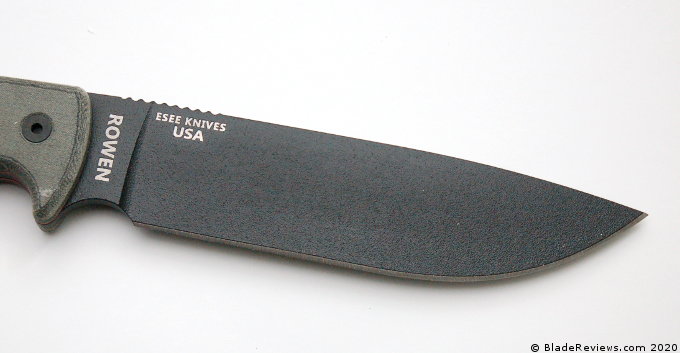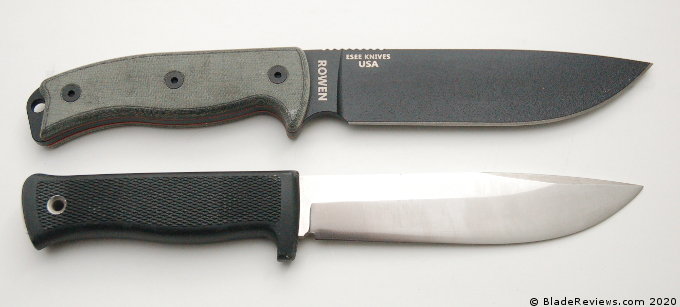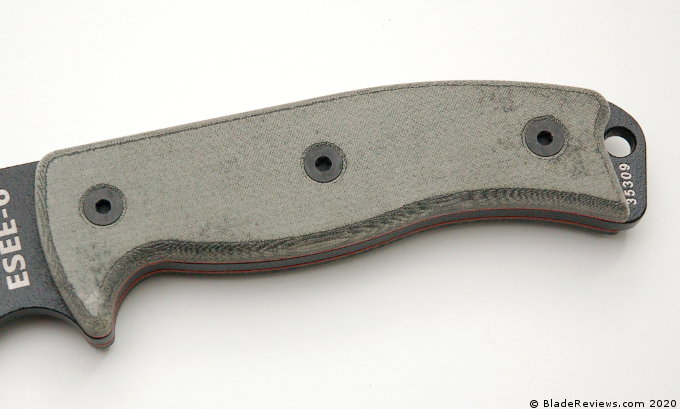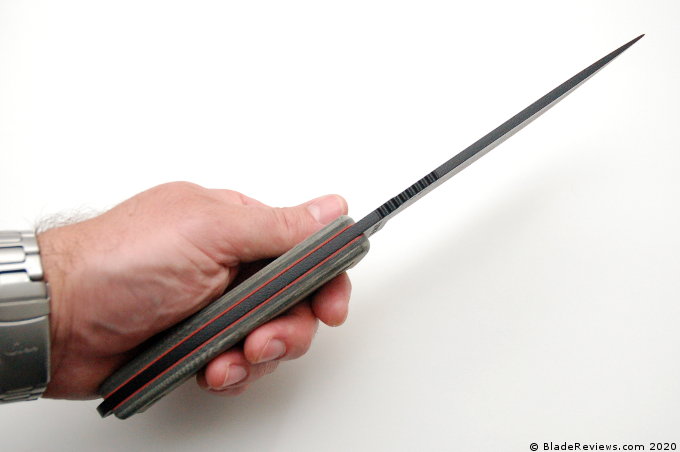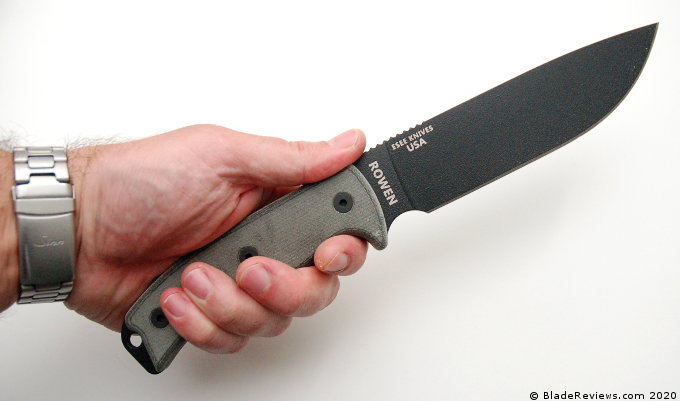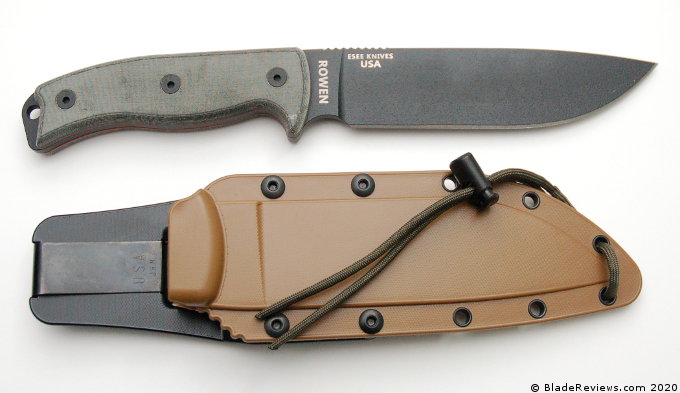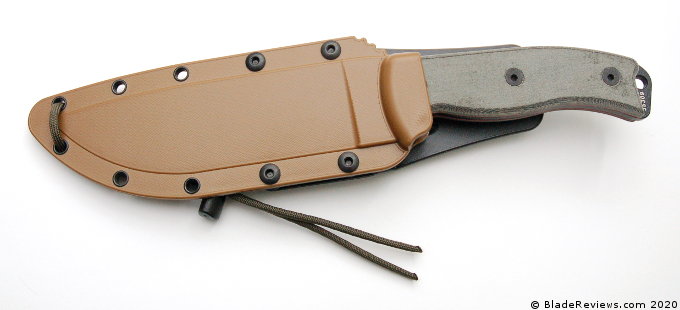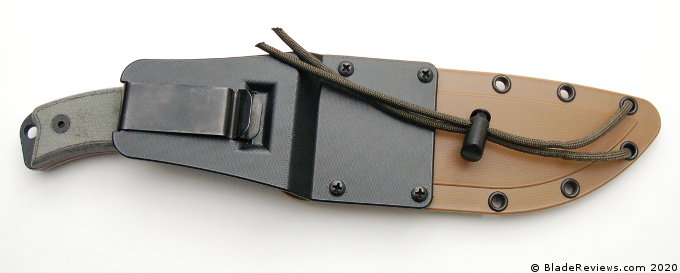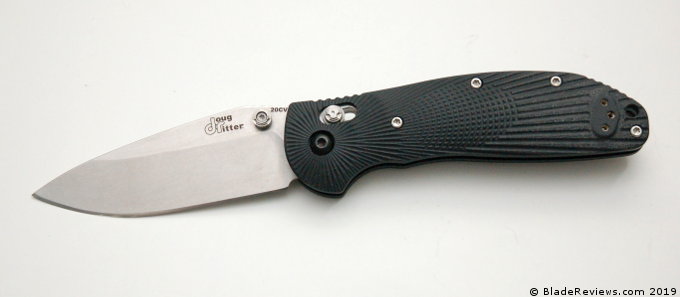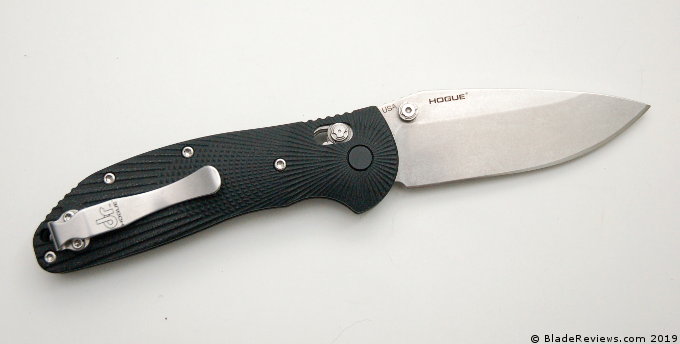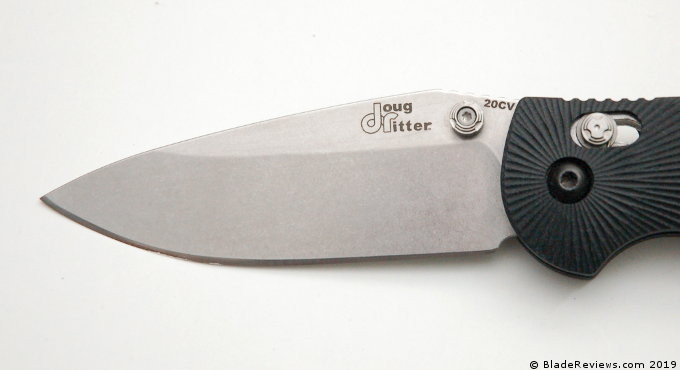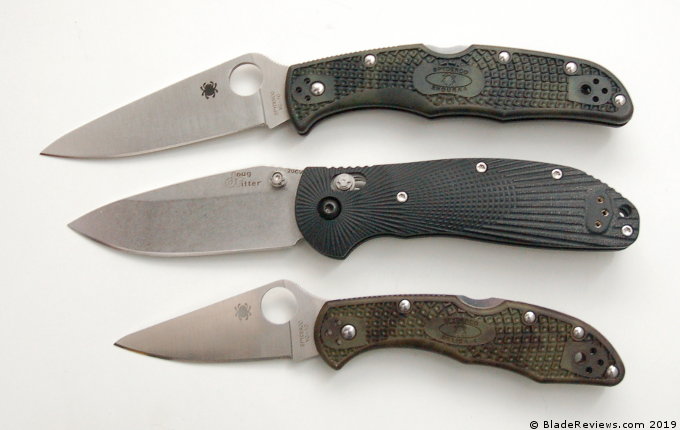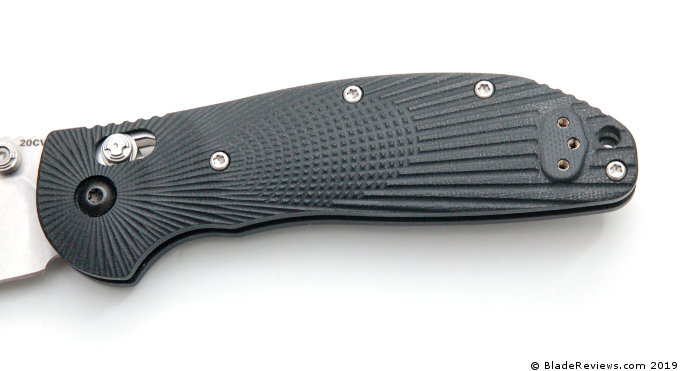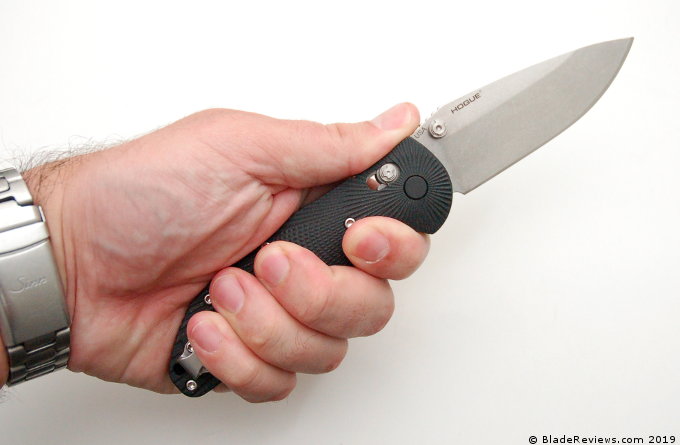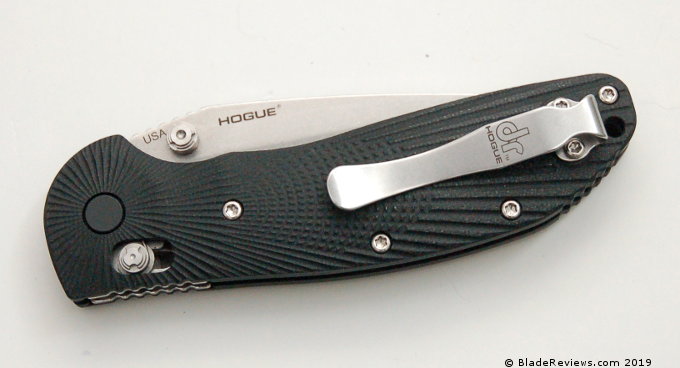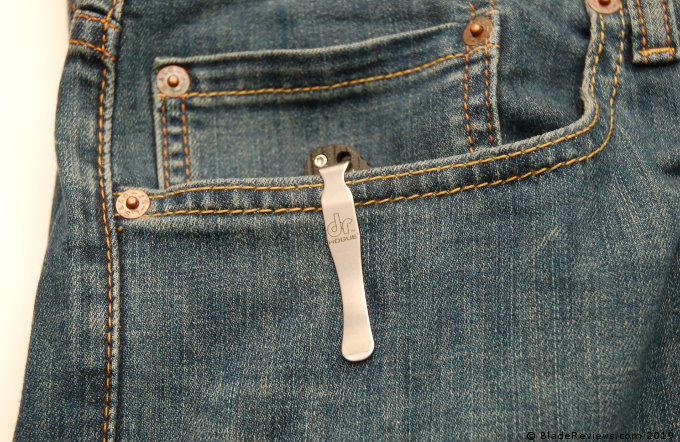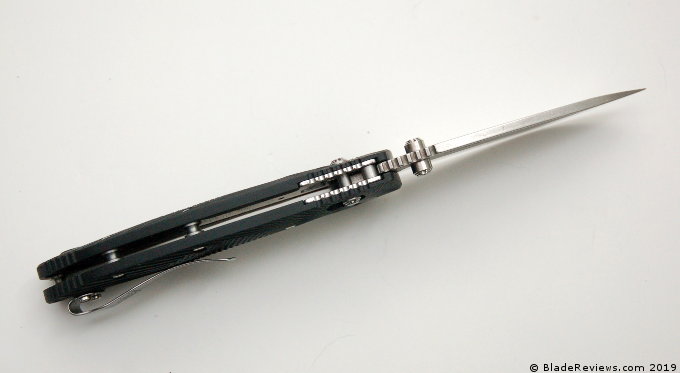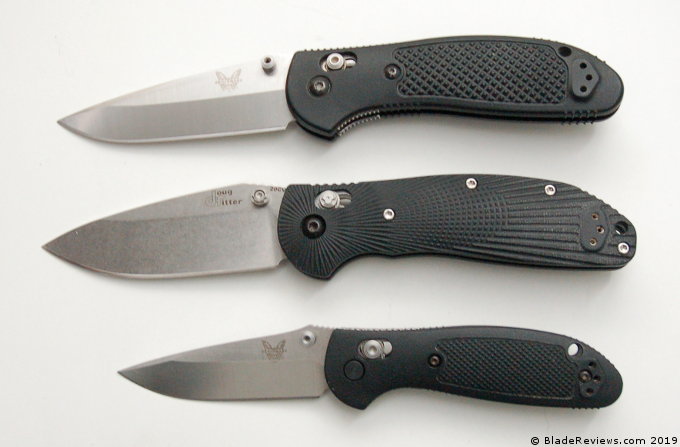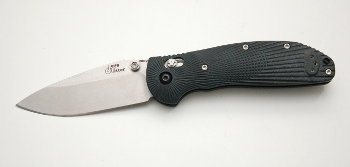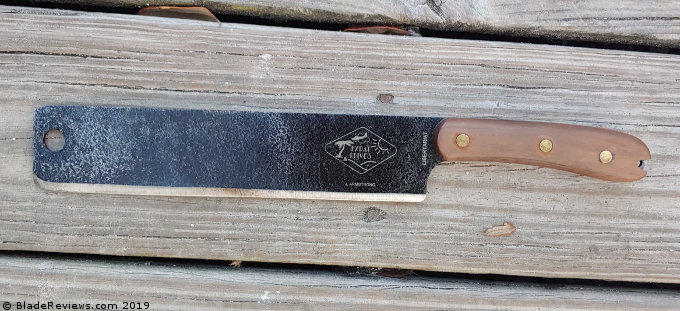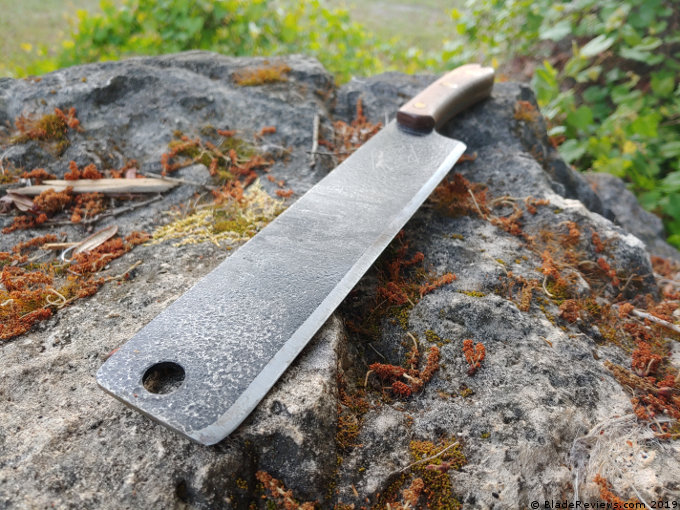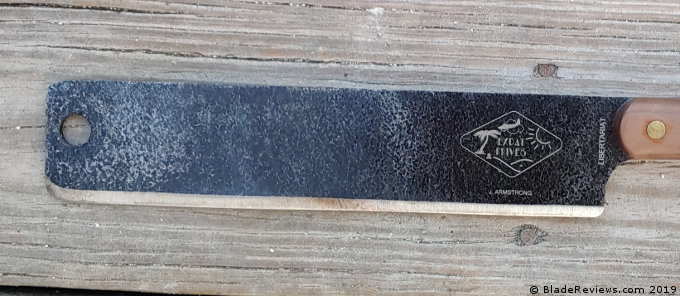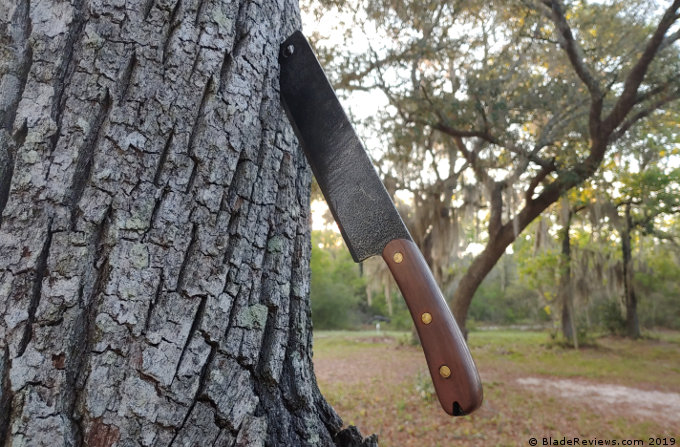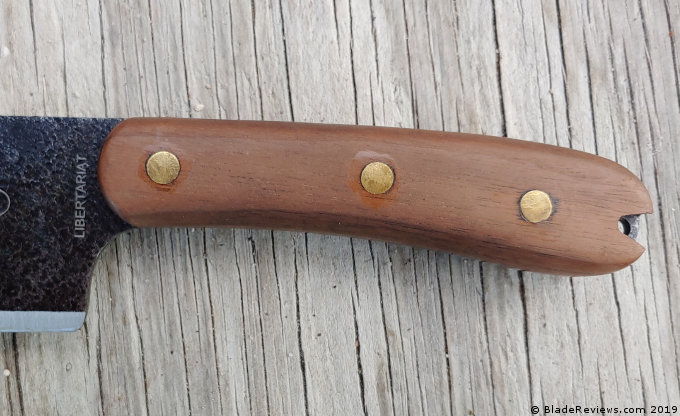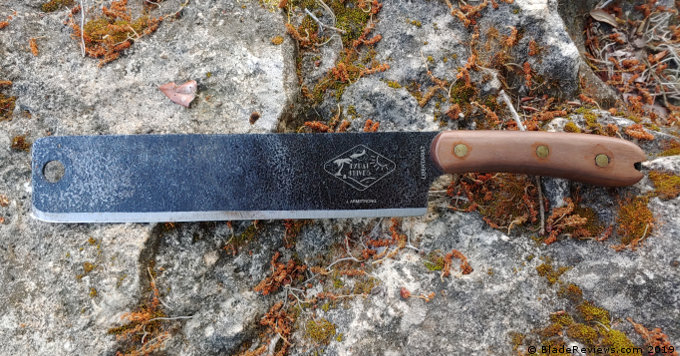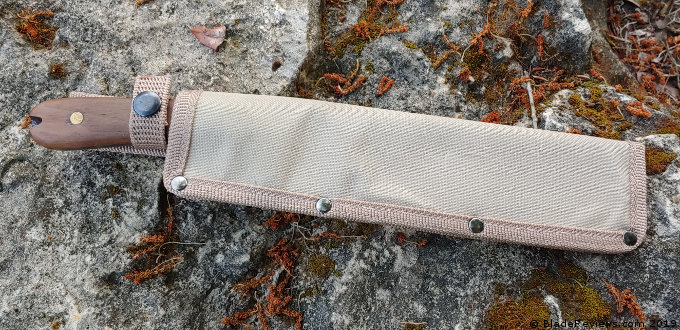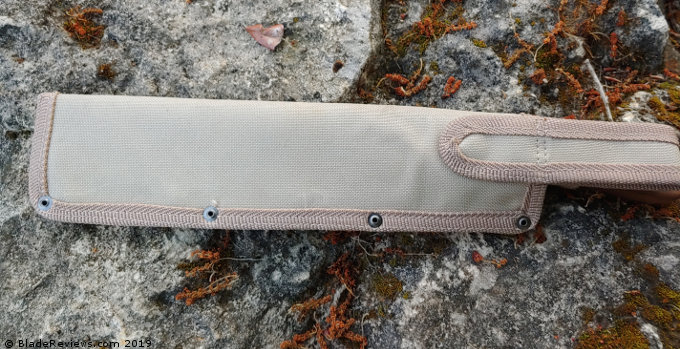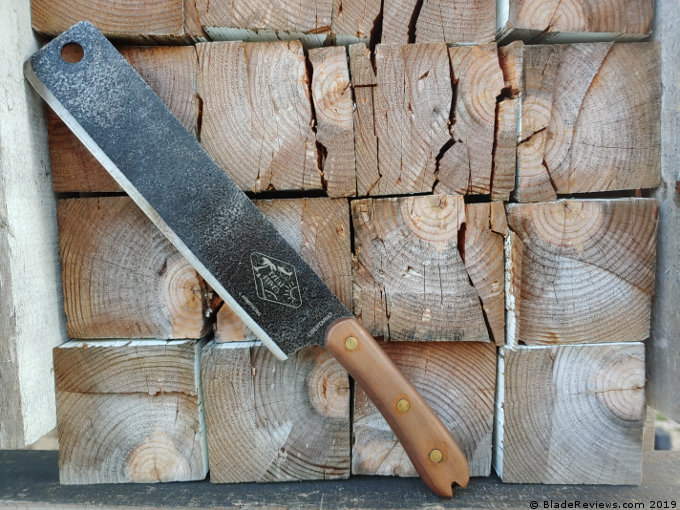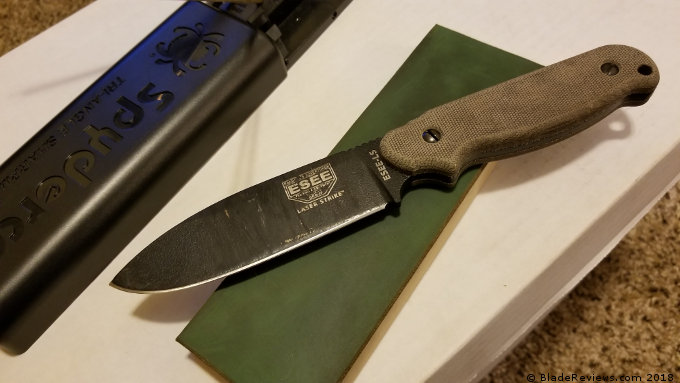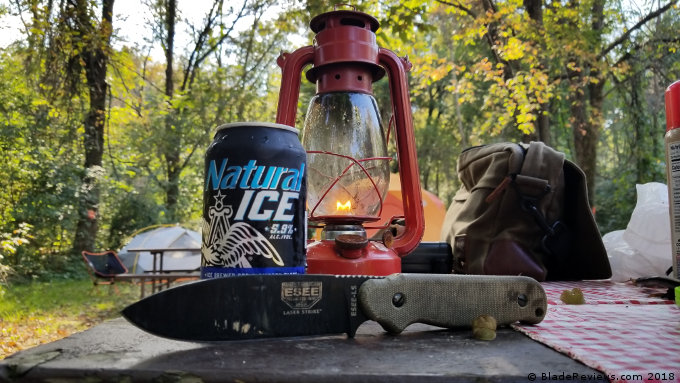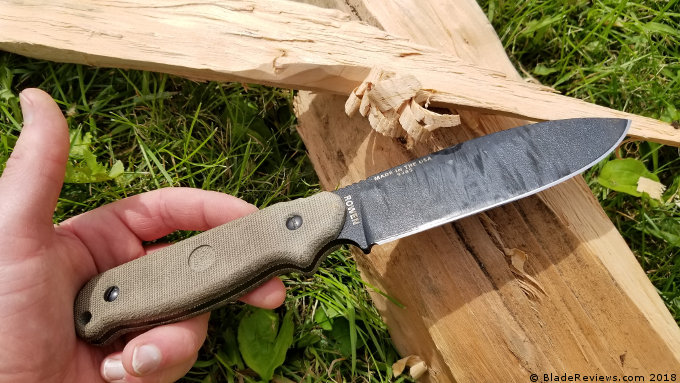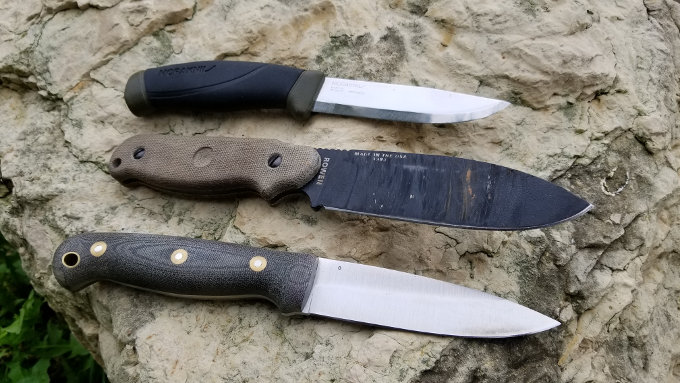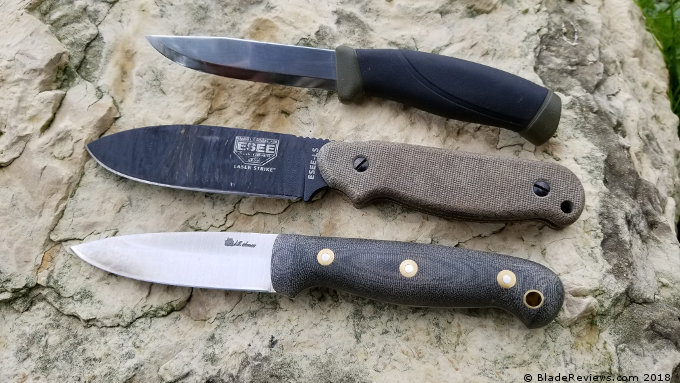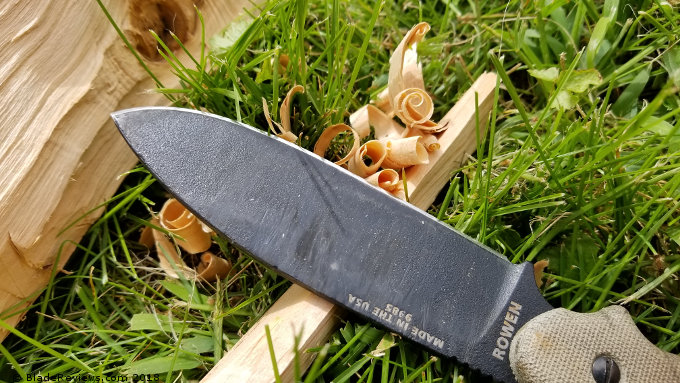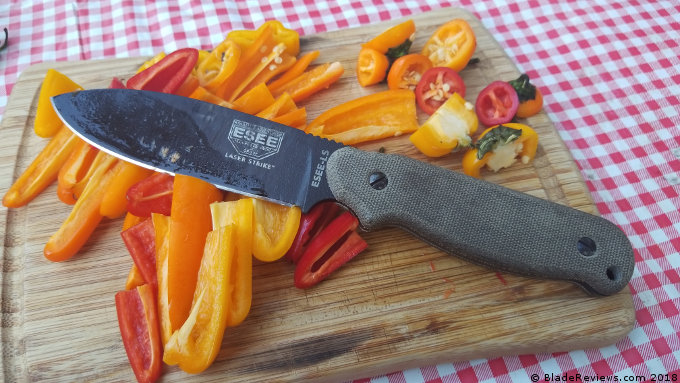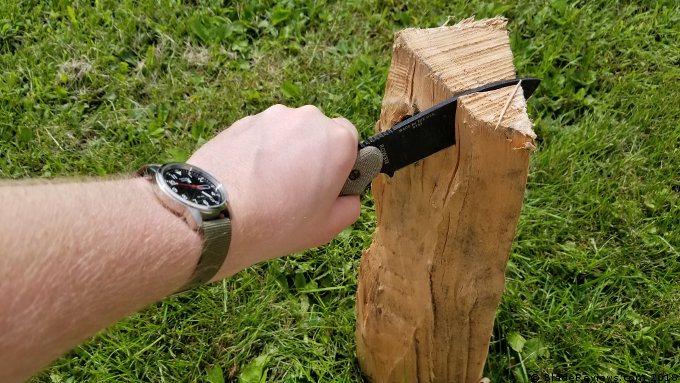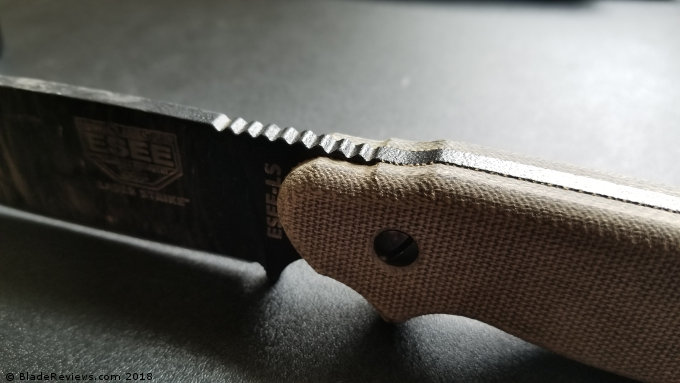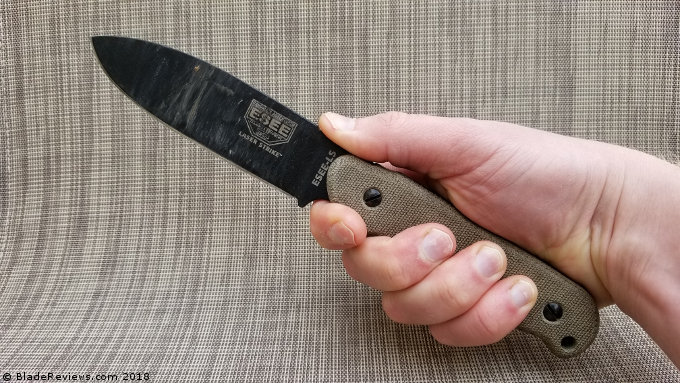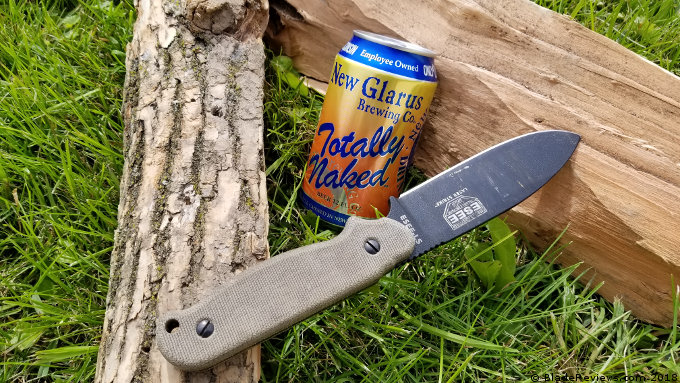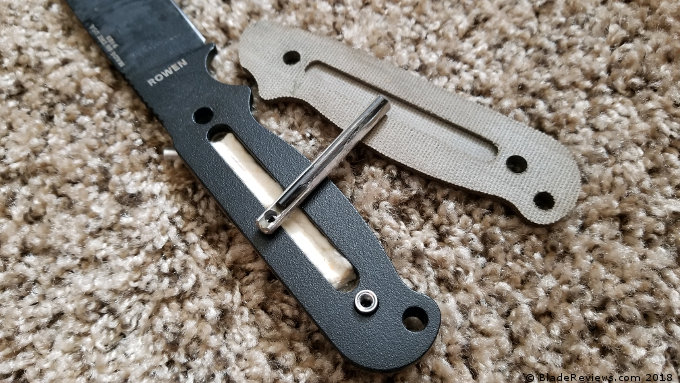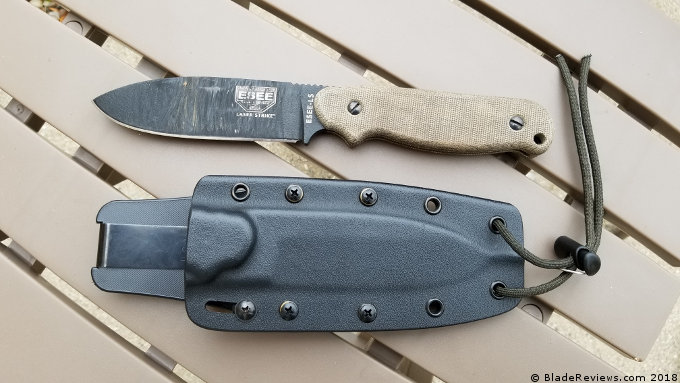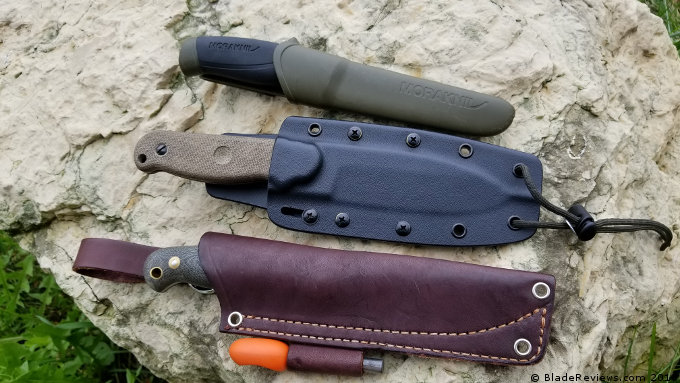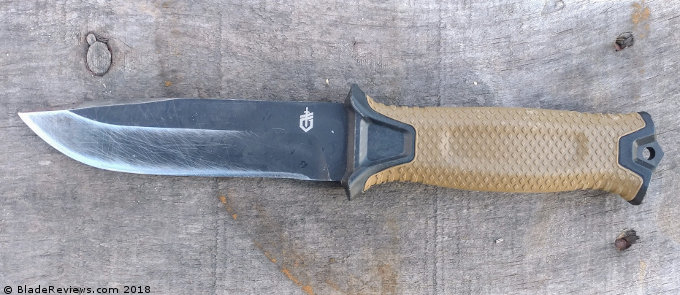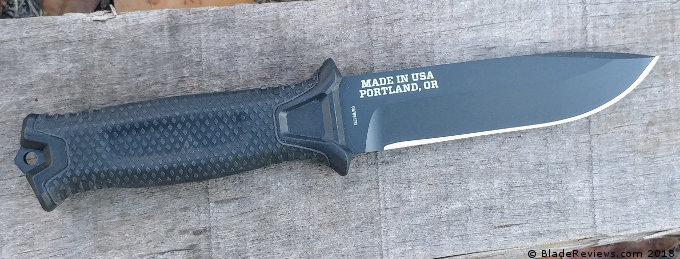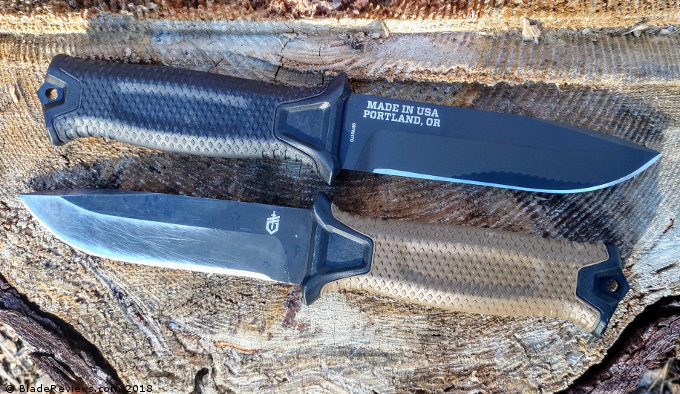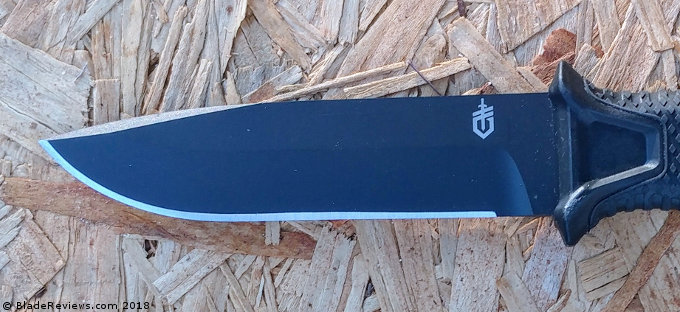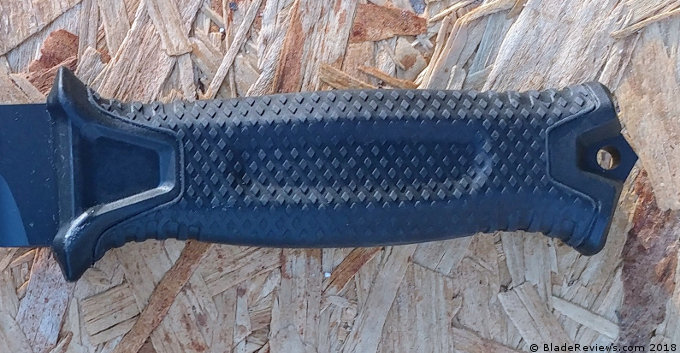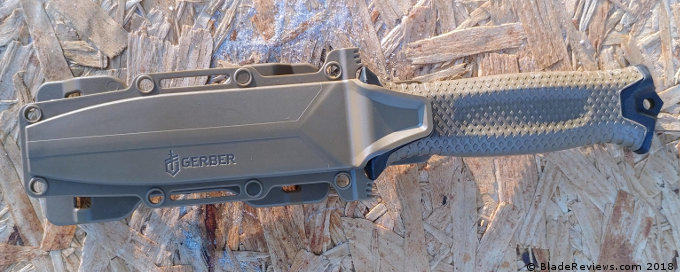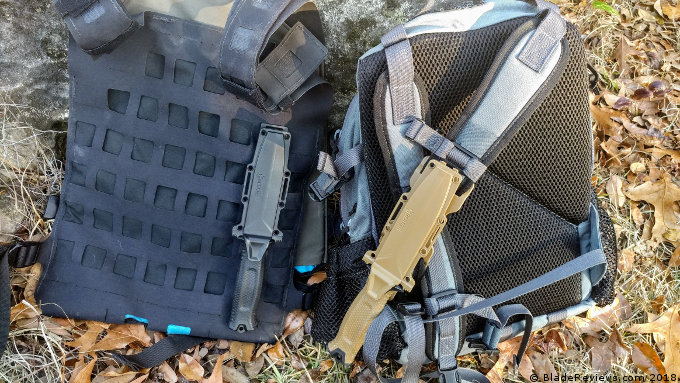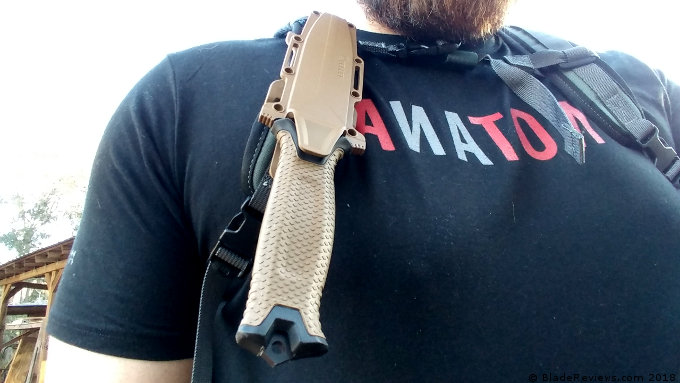I’m always amazed by what I don’t know. For example, before I got my hands on this Bill Moran and Spyderco collaboration, I never knew who Bill Moran was. That sounds like sacrilege on a knife website, but I’m being honest. This isn’t an article on the greatness of Bill Moran, but he makes some beautiful knives that go for a small fortune. He helped found the American Bladesmith Society, and has been making knives for decades. The Bill Moran and Spyderco collaboration seems to blend the simple but effective Moran designs with an affordable price tag.
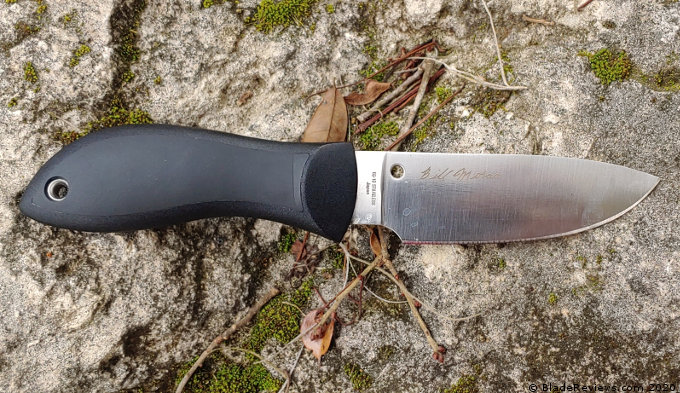
Buy the ESEE-6 at BladeHQ
Buy on Amazon
The Moran Drop Point knife is mass-produced, unlike Mr. Moran’s knives, and are made for heavy-duty use and not so much for collecting. This isn’t a wall hanger but a reliable and well-made working knife. I’ve had it most of hunting season, but sadly I’ve been an unsuccessful hunter. In the many months, I’ve been carrying it, and I’ve gotten a good bit of use out of it.
General Dimensions and Blade Details
Bill Moran’s designs are mostly known for their simple and elegant designs, and the Spyderco collaboration is no different. The blade is 3.875 inches long with an edge length of 3.375 inches. The blade is a standard .125 inches thick. The knife has a ¾ tang and the handle is molded directly to it. If you can’t tell by the knife’s name, it is a drop point design.
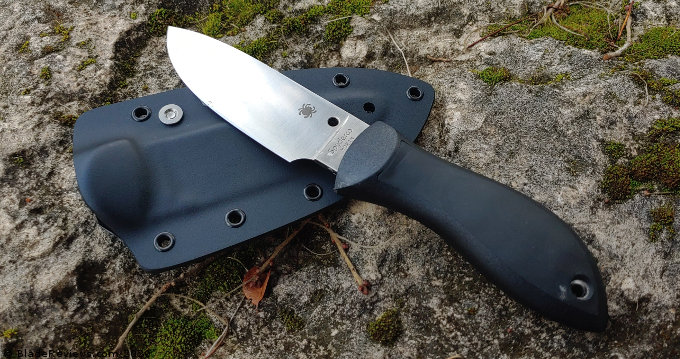
The stainless blade is quite shiny, but also very rust-resistant. The handle is made from FRN, and the overall length of the knife is 8.063 inches. It’s also one of the lightest fixed blade knives I’ve ever picked up. It weighs 3 ounces. 3 freaking ounces, holy crap is this thing light. I loved strapping it to my belt and never worrying about causing my pants slowly slide downwards on one side. I didn’t have to tighten my belt to an uncomfortable level to easily carry this knife.
From Spyderco, this knife was razor sharp. I always love it when companies send their knives out with a sweet edge, but get sad because I can’t replicate it. The Moran Drop Point is made from VG 10 steel, which is a very common kitchen knife steel. The main reason why is that it’s super resistant to corrosion. It’s stainless steel, but a solid and tough one. It’s perfectly suitable as a woods knife or a lightweight EDC blade for those working in more outdoor professions.
VG-10 proved to be a little challenging to sharpen for me, but to be fair, I suck at sharpening knives. Once you get it sharp, it stays sharp for quite some time. I only sharpened it, so I would have some perspective on sharpening it for this review. It’s also an ultra-sharp knife, and with a fine stone, you can get it very sharp.
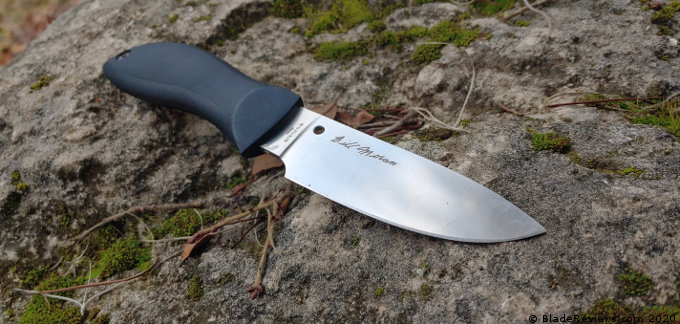
I’ve used this knife for filleting trout, cutting chicken up for my famous chicken tacos, and doing typical knife work cutting tape, cordage, wire, boxes, and more. When it came to cutting up fish and chicken, I found the knife to be a delight. For the precise cuts required for cleaning trout, the knife was perfect. FOr cutting 4 pounds of chicken breasts into small chunks, it was a comfortable tool that made the task easy.
The same goes for your routine tasks. Admittedly when Christmas came and went, this knife got a lot of work. Why are toys so well secured in boxes? Holy crap, the number of cords, zip ties, and cardboard I had to cut before the day was over. The Moran powered through it with ease, though.
Handle and Ergonomics
What’s impressive is that the handle and the knife as a whole weigh about the same. This creates a super balanced knife that’s easy to control. The handle is made from fiberglass-reinforced nylon or FRN. This is a robust and lightweight material that provides a bit of grip to it. Spyderco is a master with FRN and uses it in some of their folding knives.
The FRN grips have non-removable Kraton panels. These are ultra-sticky panels that allow for a sure grip when working. Unlike most knives these days, there is no aggressive texturing. The combination of FRN and Kraton is enough to give you a no-slip grip under most conditions. I can testify that the grip is still strong even when your hands are wet and covered in fish slime.
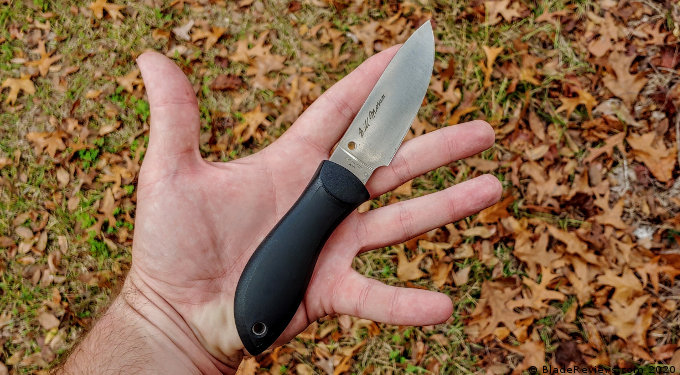
Besides giving a sure grip, it’s also very comfortable. Aggressive texturing is excellent, but it tends to create hotspots. You’ll find no of those here. The grip is rounded off and ultra-comfortable in hand. The handle gives you excellent control of the blade and allows you to make fine cuts with little difficulty.
Sheath
The sheath is a lightweight boltaron model that comes with a multi-purpose G-Clip fastening system. The sheath’s G-Clip system is a polymer belt attachment with a sharp hook that connects under the belt to keep the knife in place. The system is reversible for lefties, and you can move the clip around quite a bit.
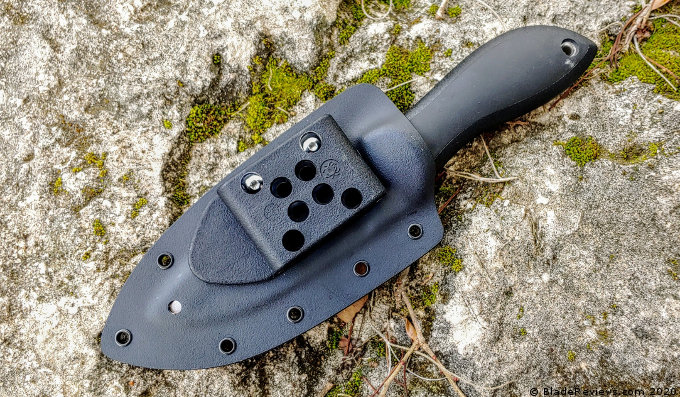
The angle of wear can be moved around for your comfort, and this includes wearing the knife horizontally if you so choose. The sheath comes up right over the blade and the knife locks in positively. It’s a good solid hold, and the knife stays put without the need for an active retention device.
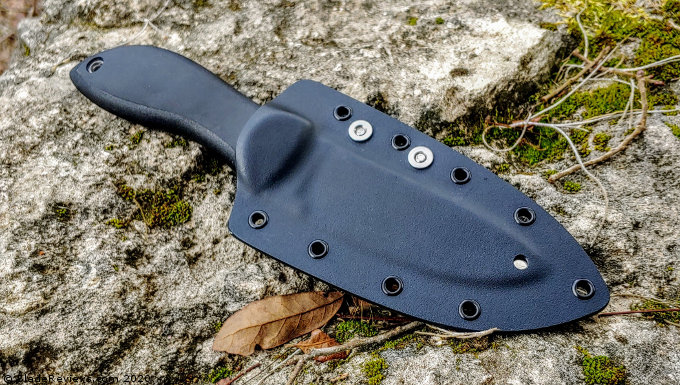
The handle is also left with enough room for a good grip and an easy draw. The belt clip does its job well and hangs onto the belt without a hair of movement as the knife is drawn. The sheath is quite robust but keeps the theme of being lightweight, which keeps the entire knife system lightweight.
Spyderco Moran Drop Point Review – Final Thoughts
While the name Moran might not have meant anything to me before owning this knife, I can certainly see why Mr. Moran was such a popular bladesmith. This simple knife is far from tactical or high speed, but entirely practical. The ultra-lightweight and well-balanced design makes it an excellent tool. It’s one you can strap on and forget about, but when you need it, it’s there and razor-sharp. Plus, this is the only Moran knife I’ll ever be able to afford.
Editor: I recommend buying the Spyderco Moran Drop Point at BladeHQ or Amazon. Thank you for reading.
